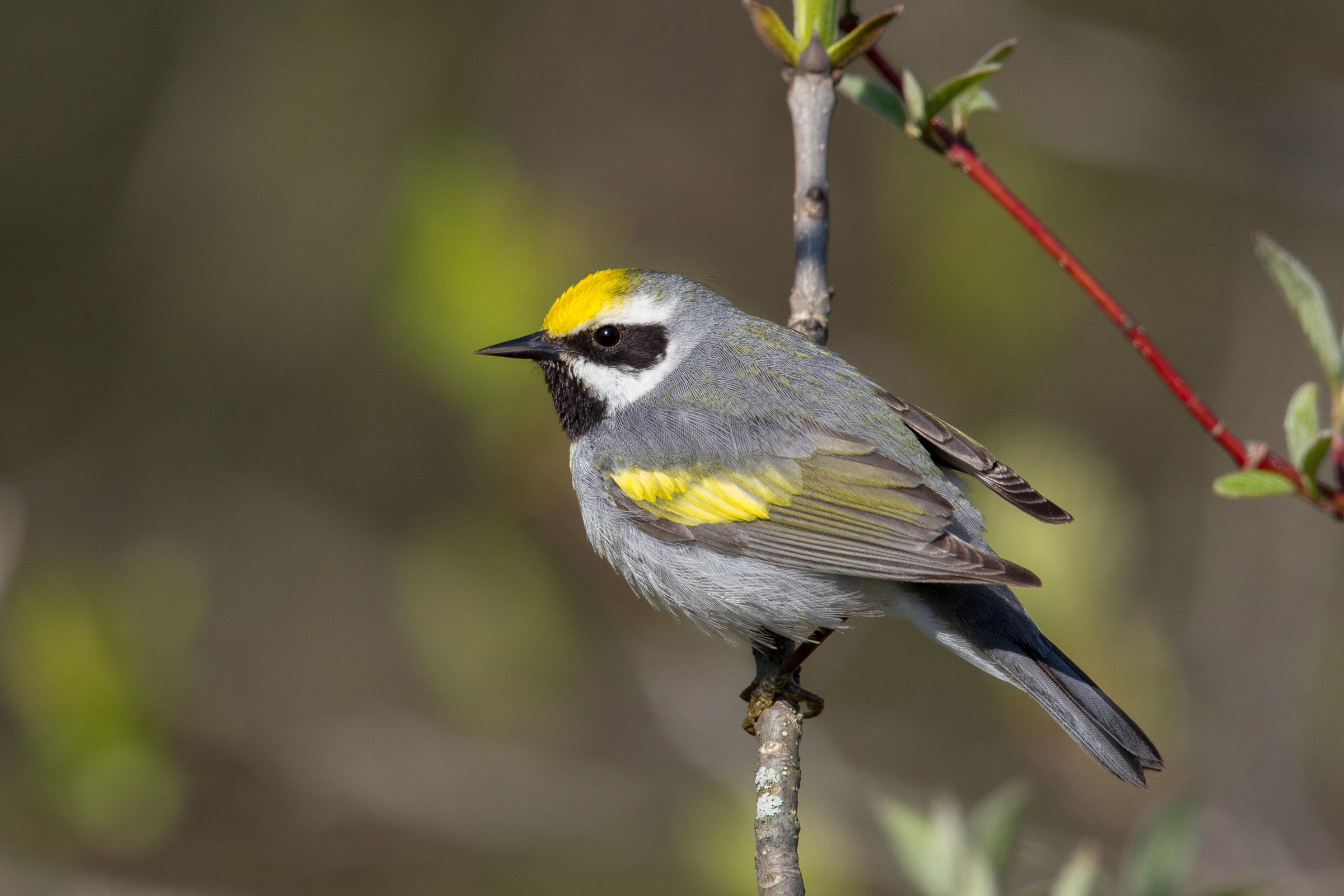Wood Thrush
Latin: Hylocichla mustelina
Black-throated Blue Warbler Photo: Kenneth Cole Schneider / FlickrCC
Nearly 200 species of songbirds, waterfowl, raptors, marsh birds, and shorebirds migrate across the Great Lakes relying heavily on nearshore habitat to provide refuge along the way. The sheer size of the lakes present an initial hurdle in the fall and final hurdle in the spring for many of these long distance migrants. Through our Great Lakes initiative, Audubon has prioritized conservation activities aimed at the important coastal stopover habitat for migratory birds and that support other wildlife. Stopover sites are places for birds to rest, refuel, and seek shelter during their bi-annual migration, the most perilous stage of a bird’s lifecycle.
In the face of urban and agricultural sprawl, the quantity of natural stopover habitat is decreasing, and the quality of remaining native cover is declining as invasive species disrupt habitat structure and food sources. In coordination with the Chicago office, Audubon’s national science team has refined existing tools such as Audubon’s climate data and Important Bird Areas, the Great Lakes Migratory Bird Stopover Portal, and radar data from the U.S. Fish and Wildlife Service, to identify the places where we can make the most efficient use of limited conservation dollars for habitat restoration that includes considerations of climate resiliency and sustainable future management.

Some species of concern, such as Golden-winged Warbler (pictured), are more likely than other to die from window collisions. Photo: Arni Stinnissen/Audubon Photography Awards
Explore every tool and virtual resource Audubon uses to learn about, track and conserve migratory birds within the Great Lakes Region.
Audubon is creating a cohesive strategy across the region to address these threats to the birds of the Great Lakes.
The Great Lakes region is home to the largest wetland ecosystem in the Midwest.
Among some of the most important and dangerous stopover regions in North America is the Illinois Coastal Region.
Exploring the four major food groups for birds through the lens of native plants
Know where you need to be, when you need to be there, and what you might see.
Will warmer weather bring the birds back early? It all depends on what type of migrators they are.
Audubon chapters create a culture of conservation in local communities through education and advocacy, focusing on the conservation of birds and conservation of important habitats.
Help secure the future for birds at risk from climate change, habitat loss and other threats. Your support will power our science, education, advocacy and on-the-ground conservation efforts.